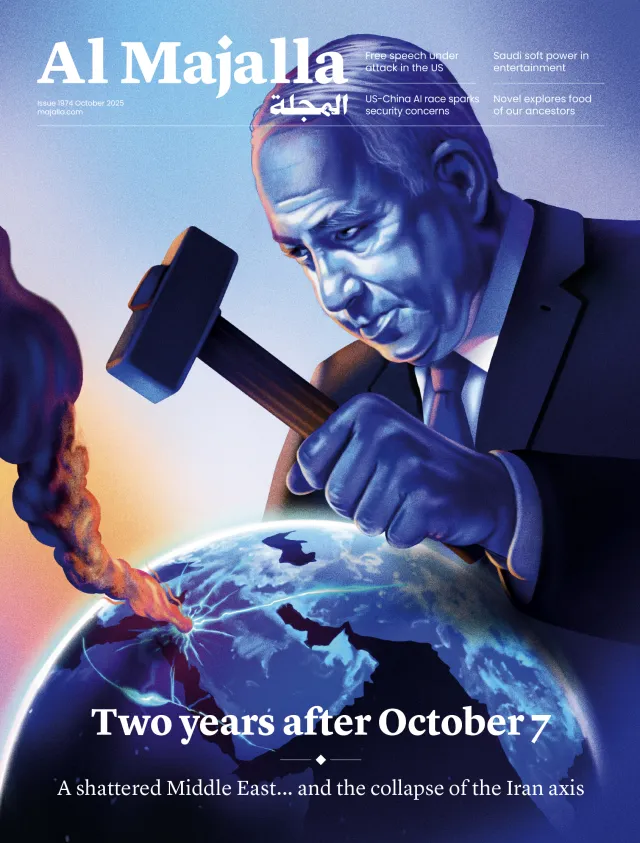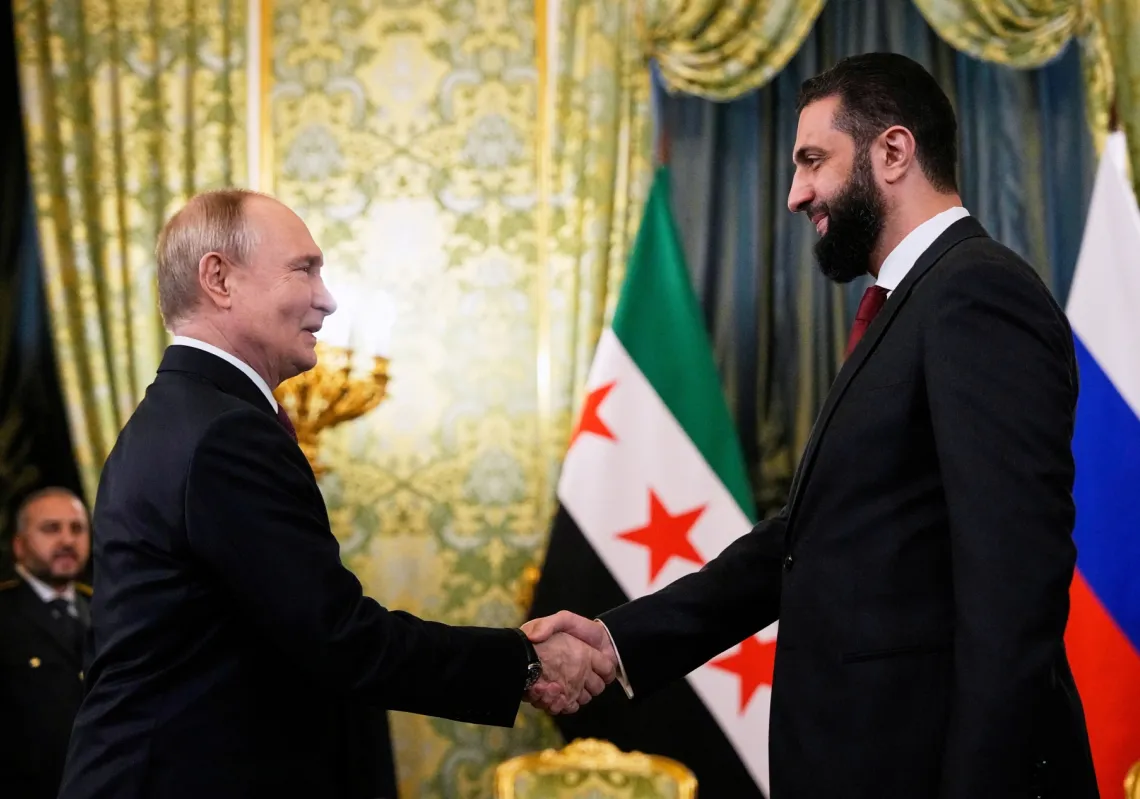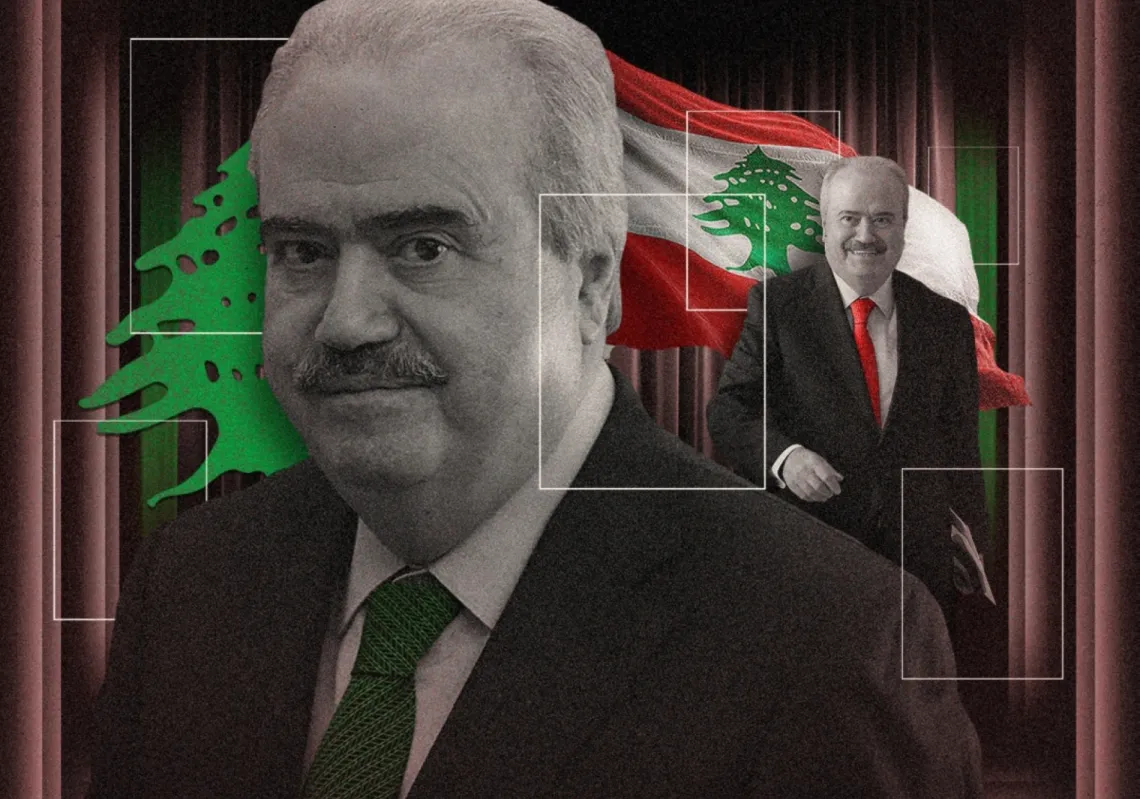By Tony Badran
As Russia unleashed hell on Aleppo last month, it made a mockery of the assertion by US Secretary of State John Kerry, that the ceasefire agreement he had announced days before with his Russian counterpart, was not dead. Nevertheless, the Obama administration continued to proclaim that there was no alternative other than to work with Moscow. This is not mere fecklessness on the part of the US administration. Rather, partnership with Russia is the outcome that president Barack Obama has sought since 2012.
“What is the alternative?” — the line now repeatedly thrown around by administration officials — is but the latest of a series of White House talking points employed over the course of the past five years. That is because America’s Syria policy has been, in fact, a strategic-communications campaign run from the White House. Just as it had created an “echo chamber” of experts, former officials and journalists in order to sell its Iran policy, the White House likewise constructed an “echo chamber” to forward its Syria policy.
It began with the start of the revolution against Assad. Obama tipped his hand immediately, as he refused to call for Assad’s departure. The White House referred to this call derisively as the “magic words.” Senior White House officials, like Steven Simon, who at the time was National Security Council director for the Middle East, shared the view that such a call by Obama would raise expectations of US action to realize it. White House surrogates, like the academic Marc Lynch, repeated this view and mocked critics of the president’s refusal to say the so-called “magic words.”
By 2012, voices grew louder calling for military support to the Syrian opposition, something to which Obama was always opposed. The administration countered with the famous mantra: there is no military solution in Syria. It put out the talking point that it did not want “further militarization” of the situation. The White House’s allies in the media and in think tanks dutifully repeated this line. Lynch and The Washington Post’s David Ignatius regurgitated the administration’s view that “shoveling weapons to this disorganized opposition now is likely only to increase civilian deaths.”
Then, to further deflect calls for intervention, Obama contended that Assad’s fall was “not a question of if, it’s when.” Hence, it wasn’t necessary to take military action against him. So, as the Wall Street Journal reported in 2013, the administration committee charged with Syria policy was asked instead to “focus mostly on post-Assad planning,” because the dictator’s fall was simply a matter of time.
Moreover, the White House said that working to accelerate Assad’s departure would only harm efforts to persuade Russia to stop supporting him. Instead, efforts should be focused on talking to Moscow. Administration surrogates repeated those lines practically word for word. In addition, the decision in 2012 to make Russia the principal interlocutor on Syria set the parameters of Obama’s policy still in place today.
This partnership was publicly solidified in 2013 following the chemical weapons episode. That’s when White House messaging shifted. Whereas Assad’s fall was said to be imminent a year ago, now, the White House spin masters said, he had “considerable staying power.” What’s more, other administration officials said,“the window of opportunity for strengthening the moderate opposition may have closed.” However, this didn’t matter, the White House started telling reporters, as no outside support for the rebels would have made a difference. Again, regardless of the contradictory nature of the talking points, surrogates followed suit.
By 2014, the White House had begun publicizing its regret about calling for Assad to step aside in 2011. It then proceeded to mainstream what the focus in Syria should be: combating extremist groups and providing humanitarian aid. The Assad issue, the White Housed was messaging, should be shelved.
These views were mainstreamed through the usual channels — Simon, Lynch and others. A paper by Lynch featured terms originating in the White House, like “de-escalation” and “protecting Iranian equities.” Then, Robert Malley, who in 2014 became senior director at the NSC, began promoting the pro-Assad policy of local cease-fires. Once more, Lynch was used to market it.
The eruption of the ISIS crisis that same year, while embarrassing, also provided the White House with an opportunity to advance its vision of a regional realignment with Iran. White House messaging focused on the need to engage Iran in Syria. However this had to wait until the conclusion of the Iran deal in July 2015. And once the deal was signed, Russia understood that the door was open to directly intervene in Syria.
Since the intervention made Obama look weak, the White House put out the message that the Russian intervention would end up a quagmire. Its surrogates again parroted the message. However, very quickly the White House, through its echo chamber, laid out where it wished to go: a bilateral process with the Russians. And this is precisely where it is today, and what it has been doing all year, with Malley as point man for the policy.
For the past five years, Obama has maintained an unshakable position rejecting intervention against Assad, with the objective of a US realignment in the Middle East. To obscure this objective, the White House ran a complex strategic messaging campaign aimed at deflecting domestic and allied criticism. Now Obama is looking to lock in his preferences regardless of who succeeds him in the Oval Office.
Sign up for our Weekly Newsletter
Get the best of Majalla, straight to your inbox.







